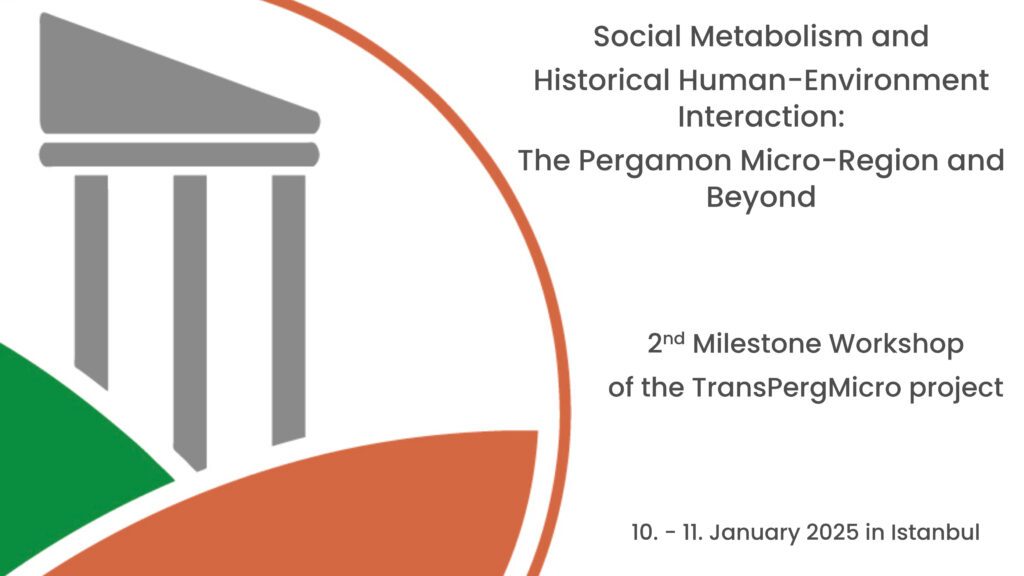Hidden beneath centuries of history, the Pergamon Amphitheater tells a story of ambition, innovation, and inevitable decline. Once a symbol of Roman grandeur with a capacity of 15,000 spectators, this remarkable structure has now resurfaced in the light of modern archaeological research, revealing secrets long buried under the dust of time.




















